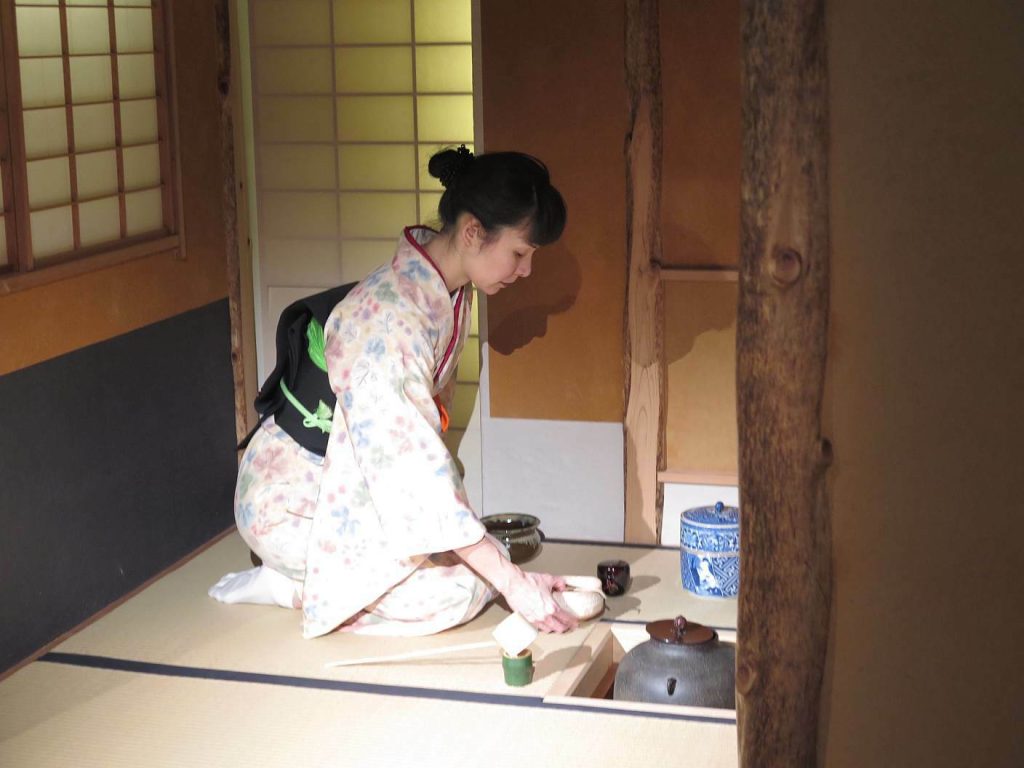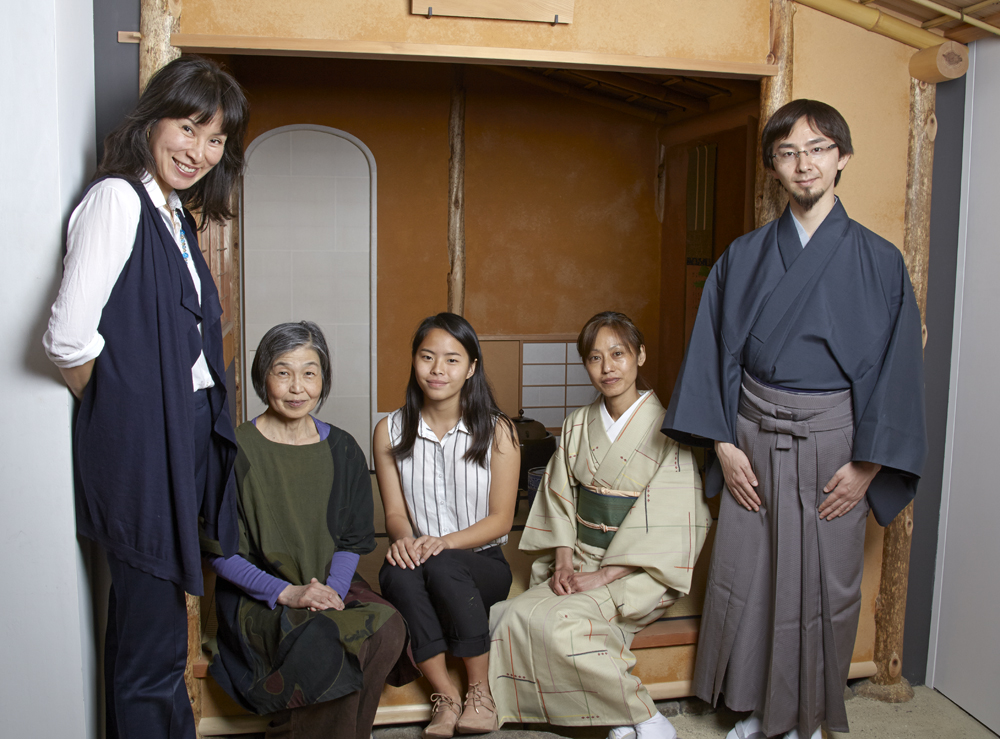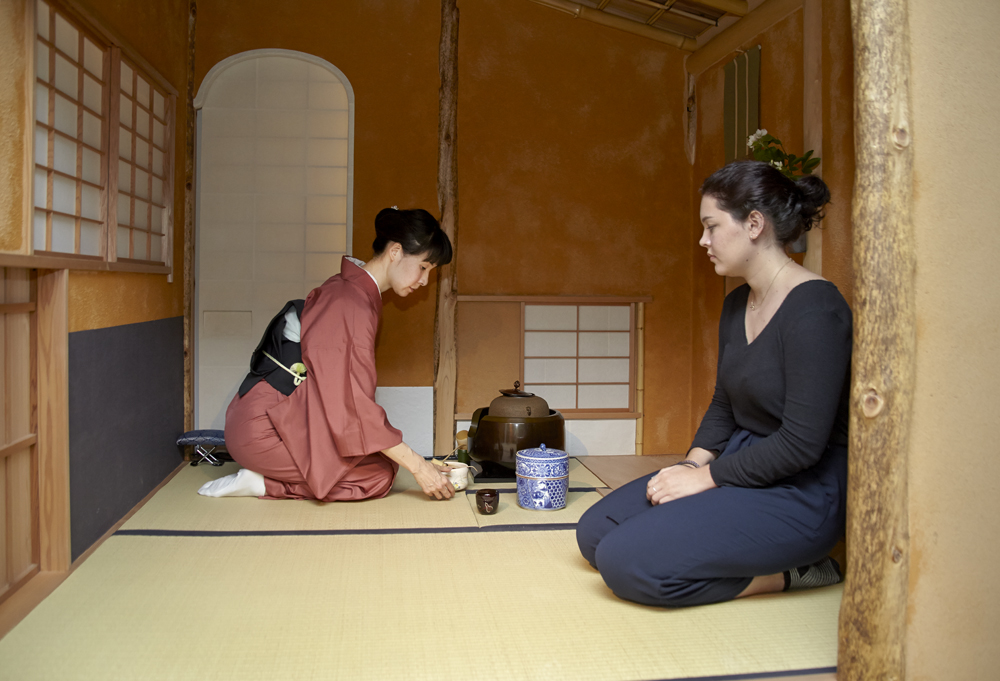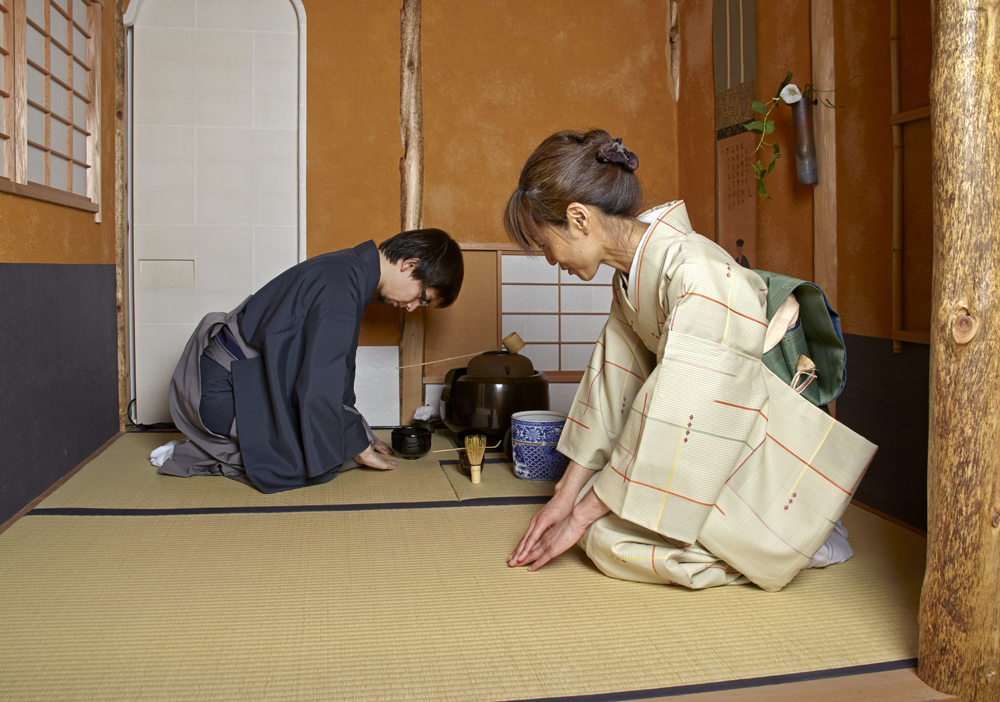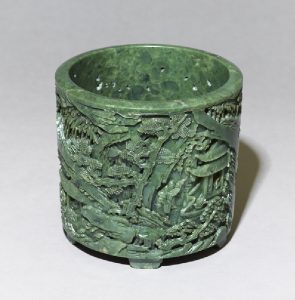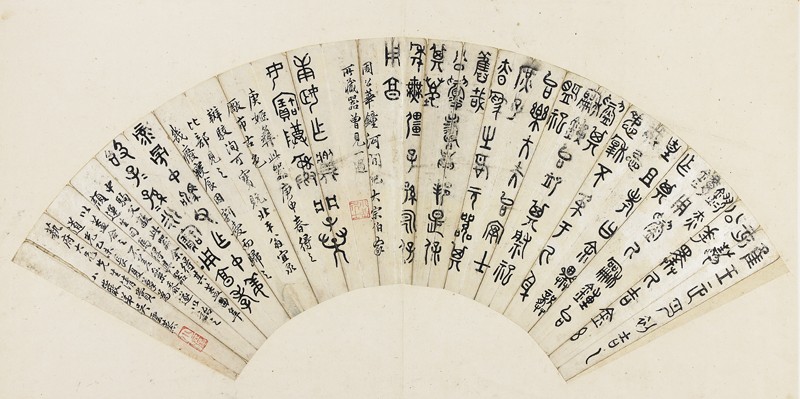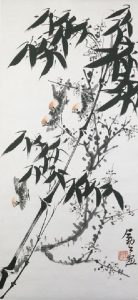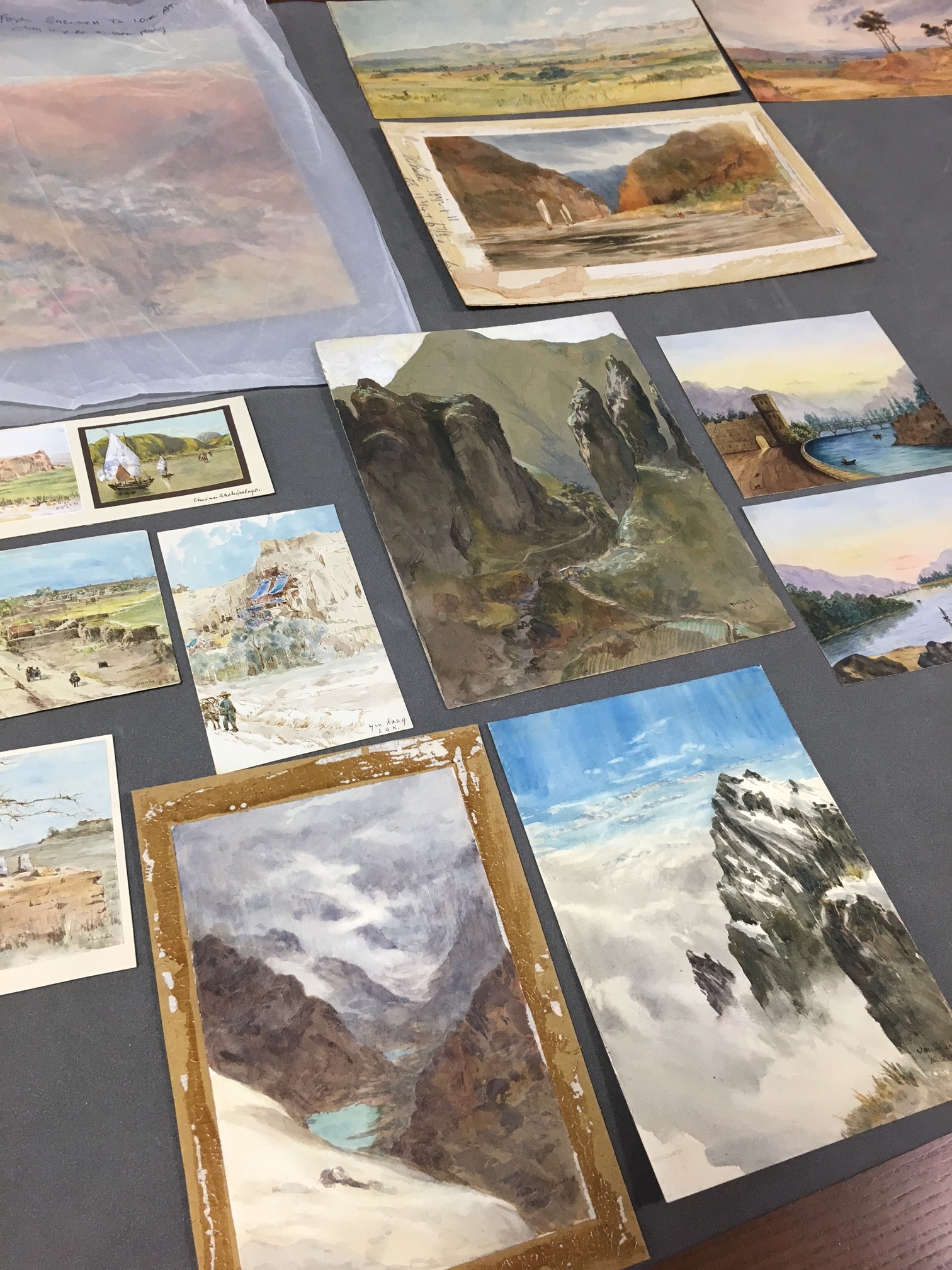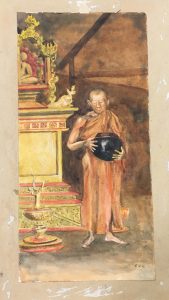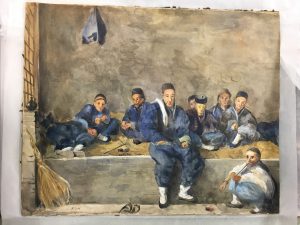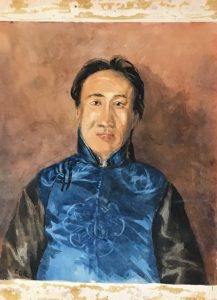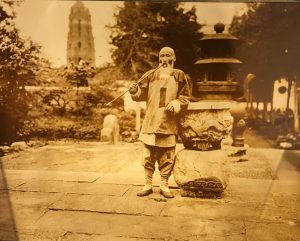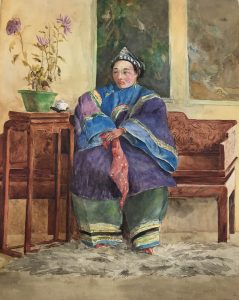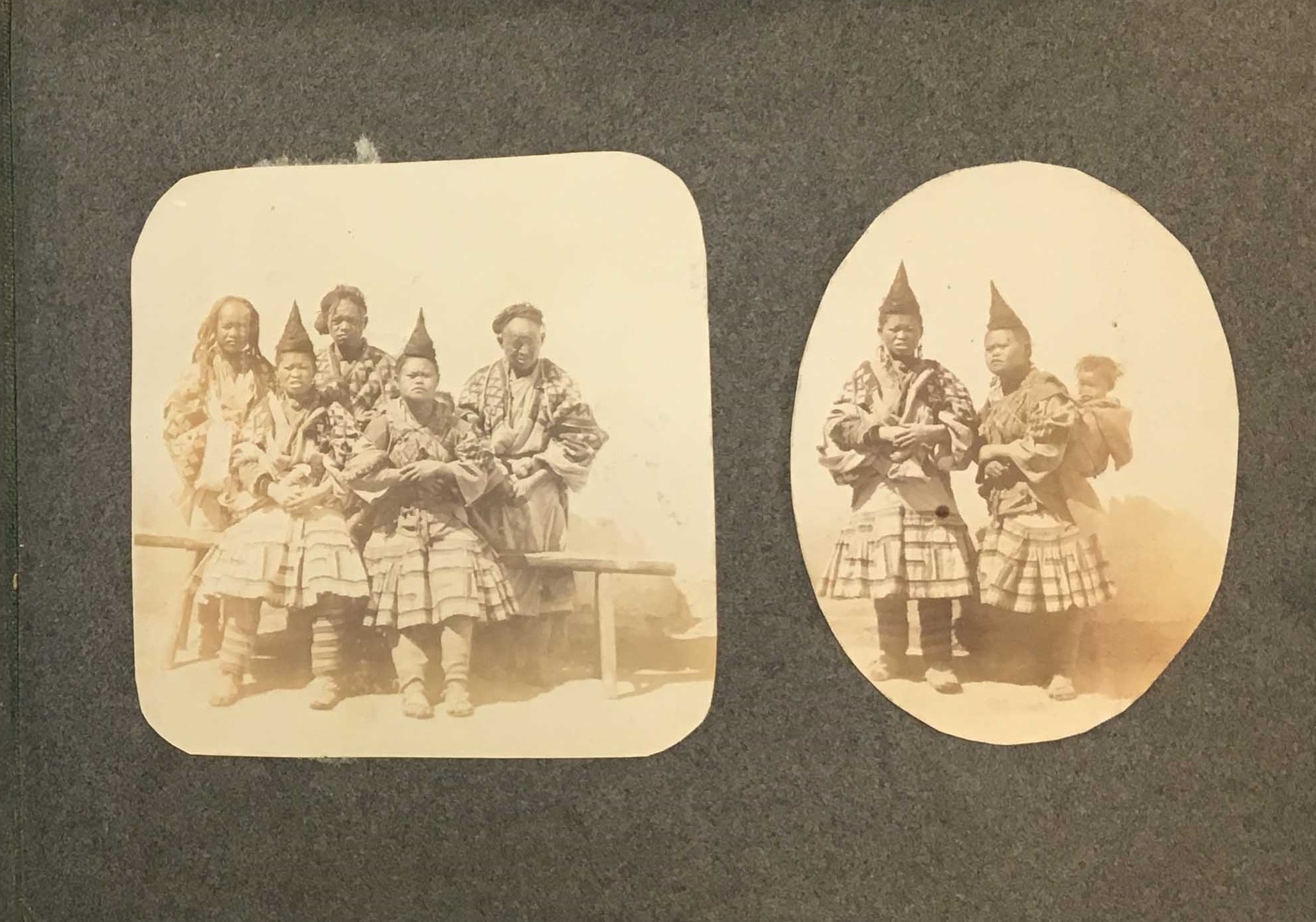Card games are amongst the most popular games in the world. Tracing the history of playing cards however is difficult, due to their perishable nature and ephemeral quality. It is believed that playing cards originated in China, later spreading westward into Iran, India and Egypt. The early history of cards in Europe is related to contacts between Egypt and North Africa with Italy and Spain during the 13th-14th centuries.
Two of the most popular games in Iran were the ganjifa (or ganjafa/ganjafeh) and as (or as nas). The name ganjifa (‘playing cards’) comes from the Persian word ganj which literally means ‘treasure’. The Persian ganjifa was played with 96 cards consisting of eight suits. Unfortunately early Persian cards have not survived, but the game became popular in India from where we still have many extant examples.
Ganjifa was brought from Iran into India and popularised during the early Mughal period (early 16th century), although an earlier transmission via Turkmen princes in the Deccan during the 15th century is also possible. Indian cards are typically circular (although some rectangular decks have been produced), and they are usually kept in painted wooden boxes with a sliding lid. The standard Indian version of the ganjifa was the eight-suited Mughal ganjifa (Figure 1). Its suits are similar to the Persian ones, consisting of the crown (taj), silver coin (safed), sword (shamsher), servant (ghulam), harp (chang), gold coin (surkh), document (barat), and merchandise (qimash). Each suit contains ten numeral cards (1 to 10) and two court cards: the king (mir) who is usually depicted enthroned (Figure 2), and the minister (wazir) who is usually depicted on horseback.

Figure 1: The Mughal ganjifa, with cards from the taj suit in the foreground. Rajasthan, India, 19th century. Cards: Paper, painted and lacquered, diam. 3.8 cm; box: wood, painted, 5.5 x 12.8 x 5.2 cm. Presented by the Church Missionary Society, 1966. Ashmolean Museum (EA1966.69) © Ashmolean Museum, University of Oxford

Figure 2: The king (mir) of the harp (chang) suit in the Mughal ganjifa. Rajasthan, India, 19th century. Paper, painted and lacquered, diam. 3.8 cm. Presented by the Church Missionary Society, 1966. Ashmolean Museum (EA1966.69) © Ashmolean Museum, University of Oxford
The dasavatara version of the ganjifa is a Hindu variation introduced later, that has ten suits and 120 cards instead (Figure 3). Each suit represents one of the ten incarnations (avatars) of Vishnu, commonly Matsya (the Fish), Kurma (the Turtle), Varaha (the Boar), Narasimha (the Man-lion), Vamana (the Dwarf), Parashurama, Rama (hero of the Ramayana), Krishna, the Buddha, and Kalkin (the Horse, the future avatar). The structure and rules of the game are roughly the same as with the Mughal ganjifa. There are ten numeral cards and two court cards in each suit, with the king (raja) depicted enthroned while the minister (pradhan or mantri) is shown either on horseback or seated on a smaller throne.

Figure 3: Dasavatara ganjifa, Sawantwadi, India. c. 1900. Cards: paper, painted and lacquered, diam. 10 cm; box: wood, painted, 12.2 x 13.6 x 12 cm. Ashmolean Museum (EAX.2078) © Ashmolean Museum, University of Oxford
The Mughal Gallery of the Ashmolean Museum currently hosts a beautiful deck of dasavatara ganjifa from 19th-century Sawantwadi in Maharashtra, western India (Figure 3). The cards, measuring 10cm in diameter, are made of painted and lacquered paper. They are housed in a brightly painted wooden box. In Sawantwadi ganjifa sets, instead of being depicted enthroned, the king (raja) cards often show the avatars of Vishnu engaging in action. For instance, in the Ashmolean deck the king card of the Matsya suit depicts Vishnu emerging from the mouth of a fish, while grabbing the hair of a demon who was hiding in a conch shell (Figure 4).

Figure 4: The king (raja) card of the Matsya suit in the dasavatara ganjifa. Sawantwadi, India, c. 1900. Paper, painted and lacquered, diam. 10 cm. Ashmolean Museum (EAX.2078) © Ashmolean Museum, University of Oxford
The other card game is the poker-like as or as nas, popular in Iran between the end of the 17th and the beginning of the 20th century. It was played with five suits of five identical cards, each bearing creative motifs depicted under a lacquer finish: ace or lion (as), king (shah), queen (bibi), soldier (sarbaz) and courtesan (lakkat). The ace (as) cards often feature felines fighting a dragon, and sometimes the sun with a human face is added on the top of the card. An Ashmolean example from 19th-century Iran depicts the sun in the form of a mustachioed man, whose image recalls official portraits of the Qajar ruler Naser al-Din Shah (1831-96) (Figure 5).

Figure 5: The ace/lion (as) card in the as. Iran, 19th century. Paper, painted and lacquered, 6 x4 cm. Presented by Miss E. M. Buller, 1958. Ashmolean Museum (EA1958.282) © Ashmolean Museum, University of Oxford
Both ganjifa and as cards were hand-painted and covered with a heavy lacquer finish in order to protect them from damage due to constant handling.
Further reading:
• Diba, Layla, ‘Persian Playing Cards: A Courtly Art’, in eds, Colin Mackenzie and Irving Finkel, Asian Games: The Art of Contest (New York: Asia Society, 2004), pp. 232-9.
• Hopewell, Jeff, ‘Ganjifa: The Traditional Playing Cards of India’, in eds, Colin Mackenzie and Irving Finkel, Asian Games: The Art of Contest (New York: Asia Society, 2004), pp. 240-51.
• Hopewell, Jeff, ‘Ganjifa: India’s Contribution to the World of Playing Cards’, in ed., Andrew Topsfield, The Art of Play: Board and Card Games of India (Mumbai: Marg Publications, 2006), pp. 91-105.
• Leyden, Rudolf von, ‘Oriental Playing Cards’, Journal of the Playing Card Society 4, Supplement 4/1D (1976): pp. 1-37.
• Leyden, Rudolf von, Ganjifa: The Playing Cards of India, with contributions by Michael Dummett (London: Victoria and Albert Museum, 1982).
• Roschanzamir, Mahdi, ‘Card Games’, Encyclopædia Iranica, 1990, IV/7, pp. 802-3; available online at http://www.iranicaonline.org/articles/card-games-ganjafa-bazi-waraq-bazi
• Roschanzamir, Mehdi, ‘Ās’, Encyclopædia Iranica, 2002 (last updated 2011); available online at http://www.iranicaonline.org/articles/as-1
– Federica Duva and Farouk Yahya

